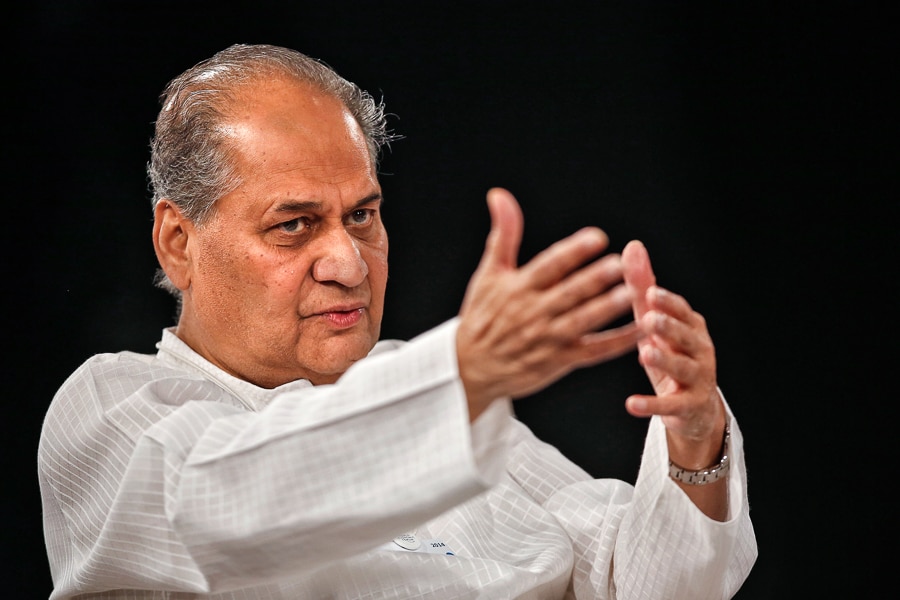
Rahul Bajaj: He punched, not below the belt
Most fights are fought to win, but Rahul Bajaj also fought a few because they needed to be fought
 Image: Anindito Mukherjee/ Reuters
Image: Anindito Mukherjee/ Reuters
My first interaction with Rahul Bajaj in the early 90s was not a pleasant one. And I had only myself to blame. As a rookie sub-editor at a fortnightly business magazine trying to earn his spurs as a writer, I committed one of my first cardinal sins: Agreeing to write a cover story in a bid to snare an interview. There were a couple of problems with this route: One, as my editor drilled it in me subsequently—and as I do these days—you never promise a cover story; even if it goes on to be one. The other problem was even though I thought Bajaj Auto was a worthy cover story with Rahul Bajaj gracing the cover, the editor had other ideas.
Sure enough, before making the road trip to Akurdi, Pune, days after the call to the Bajaj corner room from our solitary office STD line, the good editor duly informed me that he had at least two options for the cover. Bajaj was not one of them.
The interview with Bajaj began with me breaking the unpleasant news that Bajaj Auto was not going to be the cover story. What followed in the next few minutes will not be printed. Suffice it to say that one of India’s most powerful and influential industrialists—a name on a par in those days with Ambani, Goenka and Birla—was not quite pleased as punch and reminded me, among other things, that he was a pugilist in his younger days. He did so by throwing a punch that stopped inches short of my nose. The best part of the jab is that it made for a great photograph that set up the opening pages of the story—not to show Bajaj’s distaste for an evidently deceitful hack, but how the combative patriarch was gearing up to take on the multinational Johnny-come-latelies in the liberalised two-wheeler industry.
Bajaj, of course, did the interview, out of grace or the inability to resist the opportunity to make a splash is something I was never able to figure out. Maybe it was a bit of both.
In today’s media world in which public relation agencies front negotiations with journalists for stories, requests for cover stories are a norm. But, in the 90s, in the wake of the first flush of economic liberalisation, business journalism was just beginning to come into its own. As was the PR industry. Head honchos oversaw their own image.





